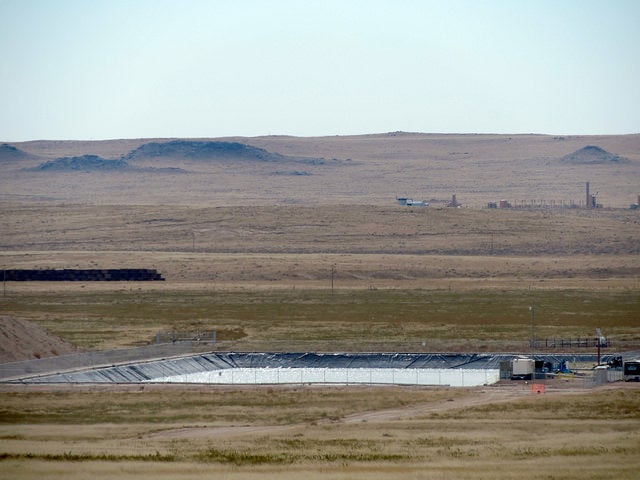Every time I open my hometown newspaper and see a negative op-ed on America’s first nationwide limits on power plant carbon pollution – the Clean Power Plan – I think, “Oh boy. Some new industry water-carrier opposing commonsense efforts to improve public health.”
Now, to be sure, Texas is not the only state where groups have been telling lies and fearmongering in the press about these new clean air standards. But at least here in Texas, there seems to be one group in particular that’s leading the pack of spreading misinformation: Texas Public Policy Foundation (TPPF). They’ve been regurgitating the same tired, anti-science, anti-health nonsense for years.
A conservative think tank based in Austin, Texas, TPPF claims it is trying to protect people’s wallets – which is true if by ‘people,’ you mean its members. Just take a look at its donor list, which includes out-of-state interests like the Koch Brothers and Big Tobacco, as well as major coal players like The American Coalition for Clean Coal and Texas coal-burning electric generators.
The truth is, they don’t want Texans to realize the pollution standards are good for our health, water supply, and economy. Here are a few other things they’d prefer you didn’t know about the Clean Power Plan: Read More















